If you’ve enjoyed a comforting bowl of risotto before, you probably wondered…is risotto a rice or a pasta? After all, it looks and feels a lot like pasta! We’re breaking down the differences between risotto and pasta, settling the debate once and for all!
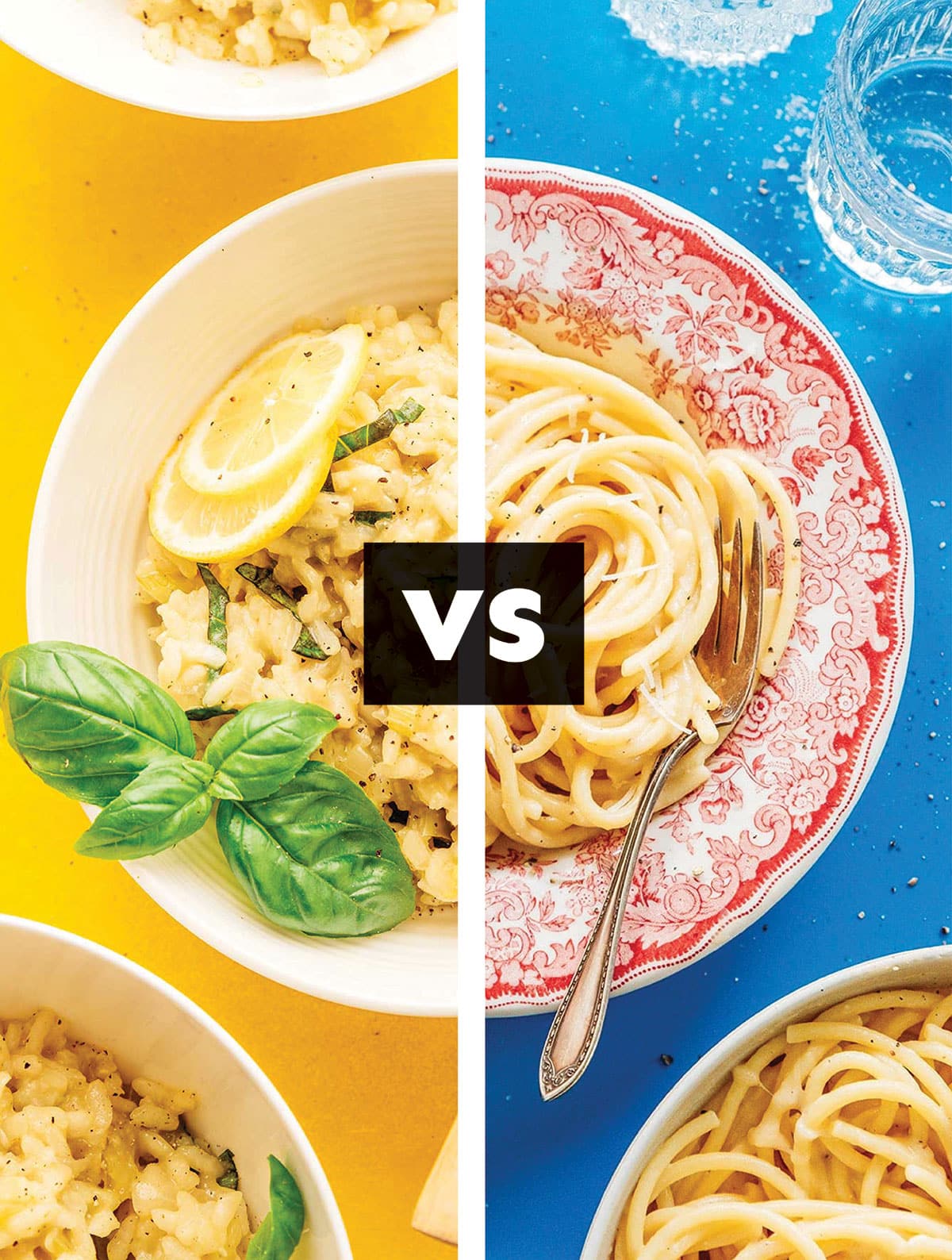
What is Risotto made of?
The name risotto is an adaptation of the Italian “riso” which means rice, and unlike the American Hamburger which is not made of Ham, risotto is a decidedly rice based dish.
To be fair, risotto shares similarities with Italian pasta dishes and is often served in the same course, but it is not a pasta!
Origin of Risotto
Risotto is a traditional Italian rice dish that has a rich history dating back to at least the 14th century. Its exact origins are debated, but it is widely believed to have originated in Northern Italy, particularly in the regions of Lombardy and Piedmont. The dish was initially popularized in Milan, the capital of Lombardy, and has since become a beloved staple in Italian cuisine.
Risotto has humble beginnings and was initially a peasant dish. The basic ingredients, rice and broth, were readily available in the region, making it a practical and economical meal. Over time, as Italian cuisine evolved, chefs began experimenting with different flavors and ingredients, leading to the wide variety of risotto recipes we have today.
How to Make Risotto
Risotto Ingredients
It is all about the type of rice! Risotto is primarily made from one of two special types of rice, both of which have a high starch content:
- Arborio rice
- Carnaroli rice
This starch is essential for creating the creamy texture that is characteristic of a good risotto. Arborio rice is an Italian variety named after the town of Arborio in the Po Valley region of northern Italy. It is a short-grain rice with a mild flavor and high starch content. This gives it a creamy and slightly chewy texture when cooked, and allows it to absorb the flavor of other ingredients well.
Carnoli is very similar to arborio. It is a medium-grain rice, sometimes called the “king of rice” due to its preferred use in making risotto. Like arborio it is known for a high starch content and its ability to absorb the flavors of the broth it is cooked with.
Other key ingredients include broth (usually chicken or vegetable), onions or shallots, white wine, butter, and Parmesan cheese. Additional ingredients are added to create various flavors and textures, such as mushrooms, saffron, seafood, or vegetables.
Risotto Preparation
Creating risotto involves a methodical and patient approach. To make risotto, finely chopped onions or shallots are sautéed in butter or olive oil until they become translucent. Then, the rice is added and toasted to enhance its nutty flavor. White wine is often added to deglaze the pan and infuse the dish with a subtle acidity.
The rice is then cooked gradually by adding hot broth in small increments and stirring continuously. This gradual addition of broth allows the rice to release its starch, creating the creamy consistency that sets risotto apart from other rice dishes. The stirring process is crucial because it helps to evenly distribute the liquid and prevent the rice from sticking to the pan or becoming mushy.
Risotto vs Rice
Risotto should never be made with just water. One of the keys to good risotto is that the rice gradually absorbs the broth infusing it with loads of flavors. While most rice recipes have you just throw all the water in with the rice, boil it, and call it a day, good risotto is more demanding.
Once the rice is tender and has absorbed most of the broth, additional ingredients such as cheese, herbs, and seasonings are added to flavor the dish. Risotto is typically served hot, and the final product should have a creamy yet slightly al dente texture, making it a delightful and comforting Italian dish enjoyed worldwide.
Risotto Recipes
These are our favorite in house recipes developed here in the test kitchen at Live Eat Learn.
- Pepper and Gorgonzola Risotto. We think gorgonzola goes well with a lot of Italian cuisines, but if you want your risotto to feature another cheese peruse 53 types of cheese for inspiration.
- Lemon Basil Risotto. The lemon & basil combination really works for us.
- Easy Mushroom Risotto. Mushrooms are an integral part of Italian cuisine whether pasta or rice based.
- Leek Risotto. Leeks aren’t a staple in most people’s diet, but they are an ideal vegetable for risotto.
- Butternut Squash Risotto. Winter squash like butternut is a good pair with risotto.
Is Risotto Gluten-Free?
Risotto is gluten-free. Risotto is always made with starchy rice, which, unlike most pastas, is naturally gluten-free. There is no wheat, rye, or barley in risotto, so those with a gluten intolerance can indulge.
Is Risotto Keto Friendly?
Risotto is not low carb or keto. According to the USDA, a 100g serving of cooked rice contains 28g of net carbs (grams of total carbs minus grams of fiber). The best option for risotto on a keto diet is this Cauliflower Risotto.
That wraps up our look at “is risotto rice or pasta?” It is most decidedly rice, but we serve it like pasta. We hope you found this brief article helpful, and as always happy cooking!
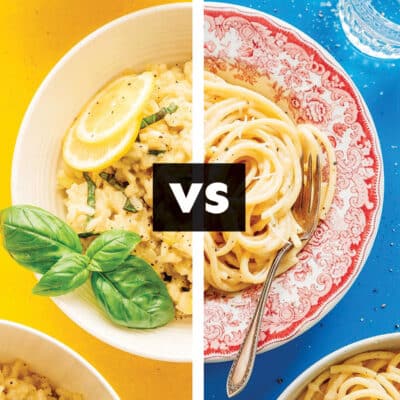
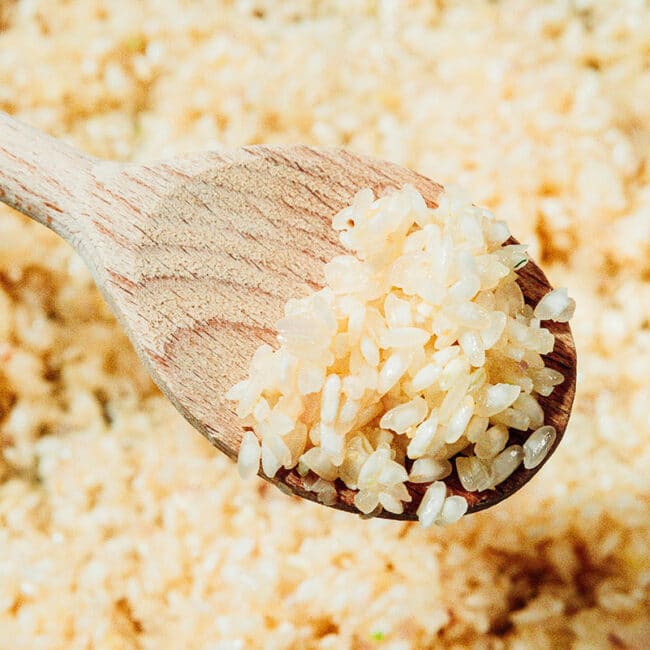
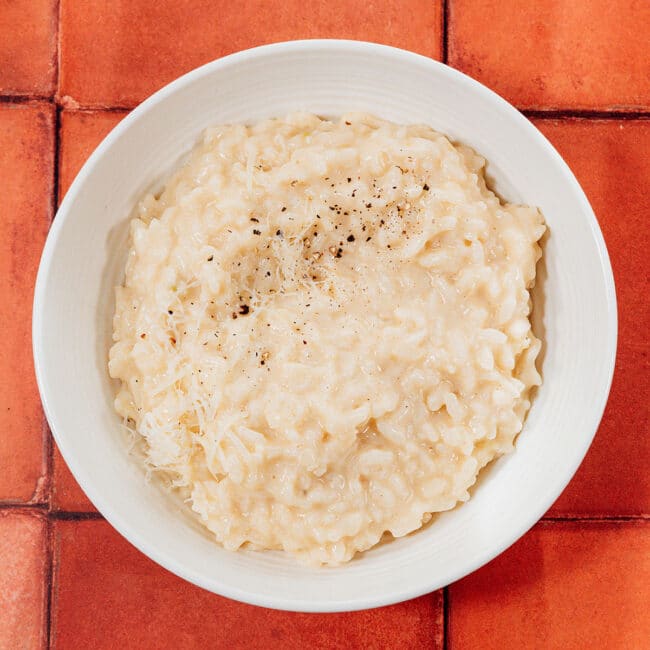
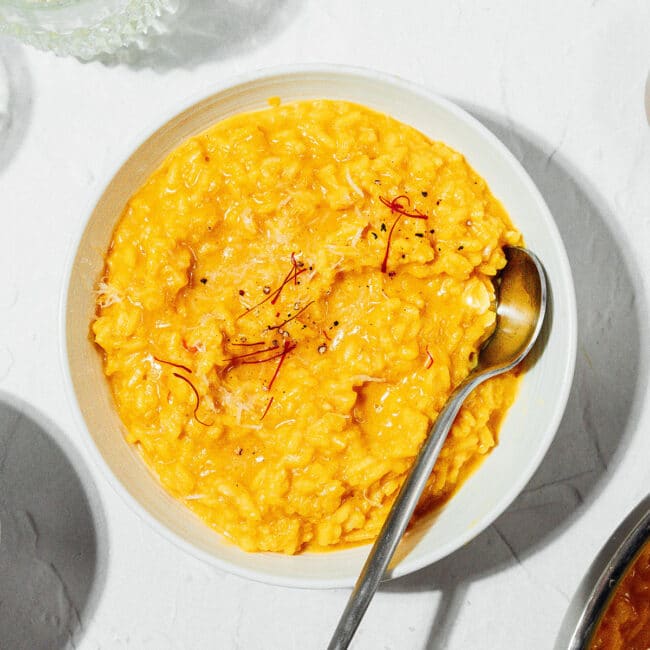
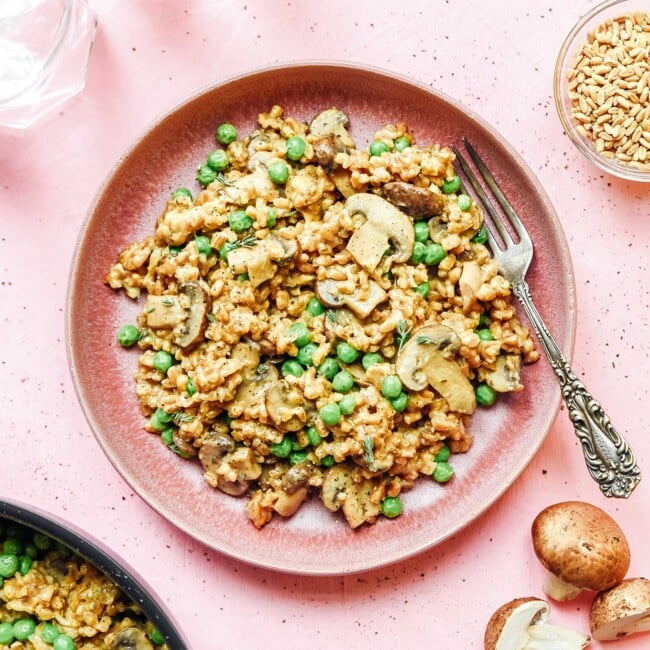
Leave a Comment